Volusia County teacher Louise Chapman has worked hand-in-hand with the Marine Discovery Center since its inception in a partnership that has long proven to be mutually beneficial.
As the Environmental STEM Resource Teacher for Project IBIS – a Volusia County science program that offers hands-on experiences each year for 3,000 to 5,000 students in grades 9-12 – Chapman has both brought students to MDC for its “Marsh Madness” program, as well as shared scientific equipment with the center over the years.
Chapman has more than three decades of teaching experience and has directed on-site learning for students at Spruce Creek Park’s Rose Bay, as well as at MDC and Lyonia Environmental Center for the last 15 years. Students have had an opportunity to learn about birds, fish, water quality, plants, fiddler-crab habitats, microplastics and many other things in the Project IBIS program, which stands for Investigating Biomes in Science.
At nearly 6 feet tall, Chapman has been a dominant figure in coastal Volusia County’s environmental education while embracing MDC’s efforts for both scholastic and public awareness in various environmental issues.
Read more about Chapman in this interview with MDC staff writer Lisa D. Mickey:
Q: How long have you been teaching? A: I’ve been teaching science in Volusia County Public Schools for 34 years.
Q: When did you set up the IBIS program at Spruce Creek Park? A: Before I ran the Project IBIS program, I worked with [current MDC Executive Director] Chad Truxall when he was teaching at New Smyrna Beach High School. We’ve offered the IBIS program for nearly 15 years for all 10 Volusia County high schools. It’s been held at Spruce Creek Park, the Marine Discovery Center, Bicentennial Youth Park and Lyonia Environmental Center.
Q: What’s your educational background? A: I earned my undergraduate degree in zoology at the University of Georgia and then I did my graduate work at Georgia in amino acids sequencing/ genetics and biochemistry. My husband did his post-doctorate at the University of Rochester and I was home, but then he moved to Iowa State University and we moved to Iowa. During that time, I ended up teaching crafts from 1978-1984 because that’s what was available in a small university town.
Q: Didn’t you also play a sport at Georgia? A: Yes, women’s varsity basketball for a short time, but I got too involved with school. I can remember living in a sorority house because that was a good place to eat and live. On Friday nights, I would be coming home from a lab around 6:30 while everybody else was leaving to go to all the parties.
Q: What did you study with primates while you were in graduate school at Georgia? A: I worked at Yerkes Primate Research Center and that’s where I did the amino acids sequencing. We studied wild-caught troop behavior and then we tested their blood to see who the father was. One of the findings was that the alpha male was not always the father.
Q: How did you become a teacher? A: I have a lot of teachers in my family. My sisters were teachers, my brother-in-law was a teacher, my husband taught on the university level, and there were teachers in his family. I’ve always liked working with young people. That’s how it started.
Q: When did you move to Florida? A: I moved here when Florida changed its requirements for students to take three sciences to graduate from high school. I started teaching in what is now New Smyrna Beach’s middle school for a year. I taught for three years and got certified in every science, but I’ve taught marine science for most of my teaching career.
Q: How did Project IBIS start? A: When ninth grade moved into the high school system, I moved to Mainland High School in Daytona Beach. I was there for 20 years before running a different project at Spruce Creek Park. I got involved with trying to improve science test scores and offer more hands-on learning.
When my IBIS program started, it was for students in the third through 12th grades, but it eventually went from sixth through 12th grade, then from ninth through 12th. I work with some elementary and middle-school students, but mainly with high school kids so they perform better on tests. Our test scores needed for them to come out to Rose Bay for the experience. Biology is not just a work sheet or virtual labs. Students need to know what things are. When they come out here, many of them have never touched a fish. Some of the kids who live inland have never been in brackish water or picked up a crab. This program gives them that opportunity.
Q: Aren’t you a mom? A: Yes, I have a son and a daughter and I have twin grand-daughters who are 10. My husband passed away when our kids were age 3 and 6. I moved from Iowa and I came here because my parents had retired and were living here at Pelican Bay and my in-laws were in Valdosta, Ga. My kids got to see their grandparents.
Q: How did your relationship start with the Marine Discovery Center? A: It started in the very beginning of my program while Chad Truxall was teaching at New Smyrna Beach High School. He was one of the first teachers to come out to Spruce Creek Park’s Rose Bay with his students. I got involved with MDC and its camps when [former education coordinator] Lou King was there and when they needed to borrow equipment. We’ve been partners for just about the entire time I’ve been teaching. I was working with MDC when they were just running a boat and there was no MDC building.
Q: How do you work with MDC now? A: We hold something called “Marsh Madness,” in which I take my advanced environmental science students to MDC’s salt marsh to see a wetland early in its restoration. Earlier this year, I had a grant, which helped pay for boat trips at MDC, so we took them out on the lagoon, cleaned up trash on the islands and monitored water. I’ve also held teacher workshops at MDC and we’ve borrowed equipment from each other. We have also worked together to train people when we needed citizen outreach. It’s been a long-term excellent partnership.
Q: Don’t you and MDC write grants together? A: We have, indeed. Some of the people who are currently working in Volusia County and in various environmental pursuits were actually part of the grant that we would get for the Indian River Lagoon. We would hire people to train and mentor them and then they would move on. Trey Hannah of Volusia County Environmental Management, Annie Roddenberry of Florida Fish & Wildlife Conservation Commission (FWC) and others came through our joint Adopt-An-Estuary Program.
Q: Is the Adopt-An-Estuary Program still going? A: Marsh Madness has replaced it, but I would love for us to get funding for that again and bring it back. I’ve talked with Chad a lot about us trying to write a grant to get more programs going because I think it’s important. They haven’t given me anyone to train for the next few years when I start to phase out. It would be really nice to see MDC assume some of those responsibilities.
Q: How does MDC offer a worthy Marsh Madness venue for students? A: We started restoration at Rose Bay 20 to 25 years ago. MDC started its marsh restoration in 2014. So, we have been comparing how many fiddler crabs there are per acre. A well-established salt marsh has about one million fiddler crabs. When we first started coming out to MDC’s salt marsh, they had about 125,000, which has increased. Between the two locations, we can see differences in the height of the water, various characteristics involving plants, number of birds and other things, and we can compare similarities and differences. MDC’s marsh also is more affected by boat wake.
Q: Do you still hold environmental education teacher workshops at MDC? A: We hold them at MDC if we can use the classroom. These are professional development programs for teachers that we run for the district office of Volusia County Schools. I hold them at MDC when we need a more central location or when we need to be indoors. Plus, teachers get to see MDC and possibly book dates for educational programs, field trips or boat tours there. It helps the teachers and it’s good for MDC, as well.
Q: There’s a lot of sharing of supplies and equipment with MDC that goes on with your IBIS program. Why? A: One of the goals in my program is that students and teachers get to handle what is actually used in scientific research. We’ve never had a problem loaning out equipment. Sometimes, I borrow MDC’s big plankton net. MDC has small seine nets, so sometimes they borrow my 70-foot seine net, which follows the FWC specs for us to use in Rose Bay. It’s silly for us to have duplicate materials that we only use occasionally.
Q: How does your IBIS program and MDC’s programs benefit from each other? A: MDC hosts the Florida Master Naturalist Program’s Coastal Systems classes and I’ve had a lot of teachers take that class. I think they benefit from not only the materials, but also from cutting-edge information. I’ve worked with MDC on water testing in the estuary. I’m going to help MDC with the ShORE Conference again when it restarts next year. We’ve always attended the conference and I’ve brought students to participate. Also, when I go to MDC, I get to hear new and different things, work with MDC’s staff on various projects, listen to the monthly lectures, and I’ve helped with educational content on MDC’s boat tours. Whatever they need or whatever I need, we seem to be able to help each other out.
Q: You were MDC’s inaugural Conservation Hero Award winner in 2018. What did that mean to you? A: It was such an honor. I had no idea and I was so touched. They gave me that beautiful Rhizome Award statue designed to look like a red mangrove tree. I planted red mangroves at Rose Bay with Chad many years ago. Sometimes when you’re in teaching, it’s hard to see if you’ve made any impact at all, so it was nice to be recognized that way.
Q: Are your goals with students similar to MDC’s goals with conservation and exploration? A: I think both of our missions are to have better citizens who support maintaining the health of our environment. In the last few years, we’ve had a loss of seagrass and manatees, along with an increase in nitrates and phosphates in the lagoon, so our missions are very similar in that we want to educate and make people aware of the problem. We also want to show how one person can make a difference and how many people can make an even bigger difference. Chad and I both want to mentor and leave a legacy. That’s how MDC and my program are a lot alike. We want to mentor teachers, community members, children, parents and everyone else to understand how everything has value in the environment. Florida is being decimated by growth and pollution, so MDC and Project IBIS have that same intense passion to make people aware.
Q: How do you think your respective efforts benefit our community? A: People don’t realize the economic impact of eco-tourism and that maintaining pristine environments to help the very special plants and animals is essential to keep people visiting Florida. People come here to fish and see the manatees in the winter. During the summer months, 4-H has a camp her at Spruce Creek Park. I’ve helped with the Boys Scouts, just as MDC has. Both of our venues offer places where the public can come observe the environment – not to just see it, but also to be aware of our challenges. For example, they can learn about invasive Brazilian pepper. How are we going to eradicate it and why is that important? It’s about maintaining communication with the public.
Q: Sometimes the public doesn’t understand what their options are. A: I would say that the misconceptions we grew up with about the environment are the misconceptions that kids still have. If we make it a point both here and at MDC to talk about things like population density, pollution and challenges faced by fish and manatees, we can help educate with correct information.
Q: We’ve gone from worrying about boat propellers scarring seagrass beds to completely losing the seagrass beds. A: Yes, a lot of things have changed in our ecosystem. We’ve worked hard for years to put down substrate for the oysters and seed the oyster beds and we’re still doing that. They just bulldozed 30 acres at Rose Bay to try to move all the trails over because they are now inundated with tidal erosion. In 1995, there were no red mangrove trees in this park and now, maybe 75 to 80 percent are red mangroves. That tells us that it was too cold in Volusia County for them in the past, but now, these trees are growing in Georgia. Mangroves are also taking over the grass flats in the park. We need species diversity, but we have to be careful to maintain a balance.
Q: Have you been able to explore the changes with your students? A: Sometimes the changes are very noticeable in the environment. We’ll take students out in the salt marsh, which used to be very high and dry. Now, while we’re out there for maybe 10 minutes and without a tidal change, we have to walk back through six to eight inches of water. We’ve seen mangrove trees out-compete the spartina grasses, that have offered habitat where different birds and organisms live. When it gets out of balance, it changes the biodiversity. We have worked both with MDC and Riverside Conservancy as partners, which opens a forum for discussion. We want to be able to look at what’s going on, what does the future portend, and how can we impact, change, educate and train people to be looking for things?
Q: Have you been able to share with students other personal discoveries about the environment? A: I don’t think there is any island where I haven’t found plastic and trash debris even if no humans have directly accessed it. I was in California after the 2011 tsunami in Japan and all of the debris that was washing up had Japanese writing on it. It was eye-opening to me just how interconnected we are and how the California current was bringing in the garbage from across the Pacific. Even there, here, in the Florida Keys, or in Alaska, we really have to look at the one-world ocean and make some changes.
Q: What do you want kids to know and how do you teach them about what is going on in our coastal ecosystem? A: It’s about helping them learn to value the environment. It’s also about finding food in the food deserts. We’ve been using native and Florida-friendly plants and one of the things that has amazed me is that our students don’t even know how to plant seeds. Also, how do you prepare for a hurricane? What about the microplastics that are becoming a human-health issue? I try to help them become aware when they have a choice between planting a native plant versus an exotic or invasive plant. How do you make the best choice for our environment? Instead of planting a golden raintree, maybe plant a persimmon tree? What about planting pollinators that belong in Florida that attract bees, butterflies and birds? I’m trying to make sure that students understand their options and make choices that provide beneficial habitats.
There are also a lot of things going on in the environment all over the world with fires, floods, high temperatures and rising water levels. In Florida, we’re having shoreline erosion and saltwater intrusion in freshwater supplies. We will continue to have more issues, so, we’re going to have to live on the water more wisely with our homes farther back and higher up from the water.
Q: Do you feel optimistic that we can solve our environmental challenges here in Central Florida? A: I’m very optimistic. Students are creative and innovative and we’re doing a lot of STEM-type techniques out here at Rose Bay in the environment. We’re trying to grow plants differently and clear trail areas differently. Just in the way students approach thought processes, I’m very optimistic that the more opportunities we provide students with out in the environment, I think they will come up with a lot of answers. I have kids who will be voting soon and I remind them they can help make choices for the future. I’m counting on them to save the future for all of us. I really think if kids get involved in their communities, volunteer and get excited about preserving and protecting the environment, I don’t think we can stop them from having a positive impact.

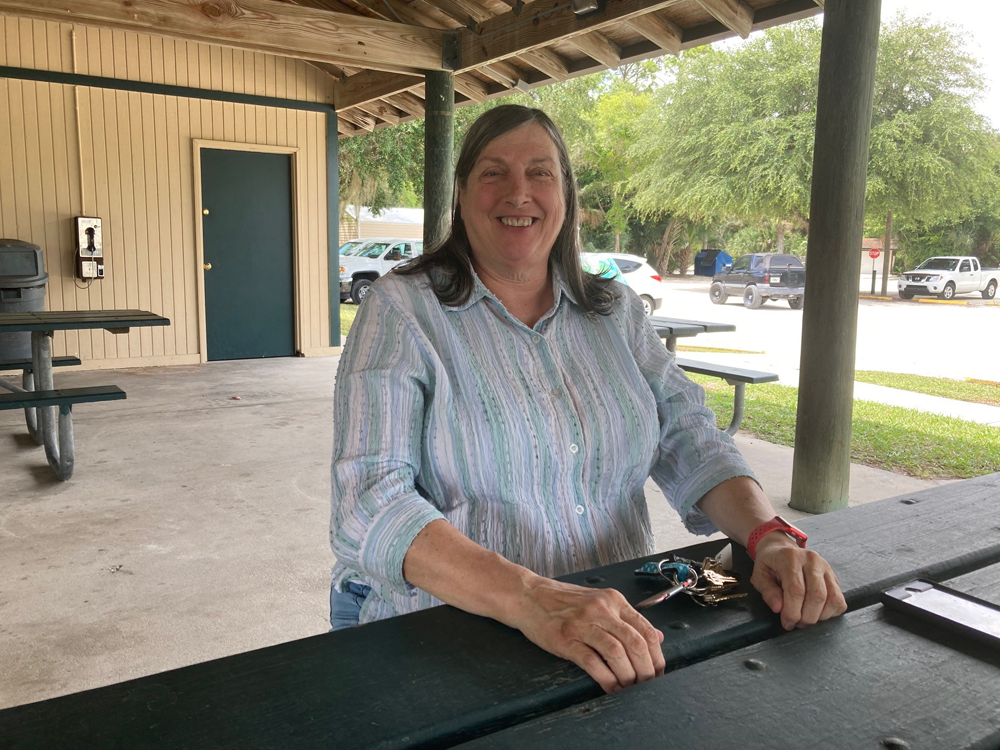
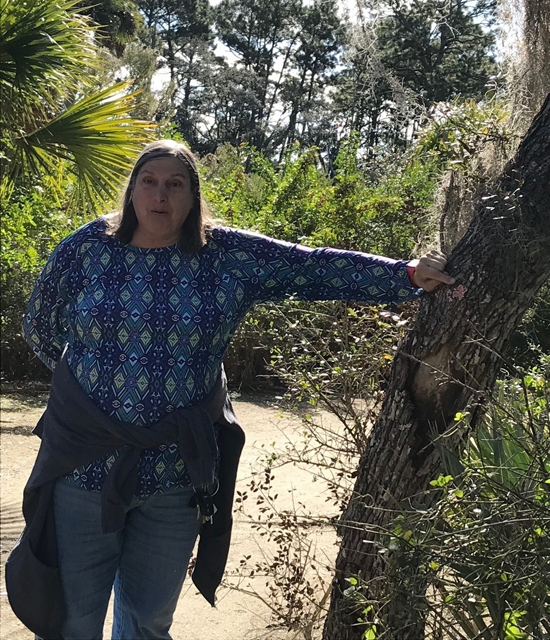
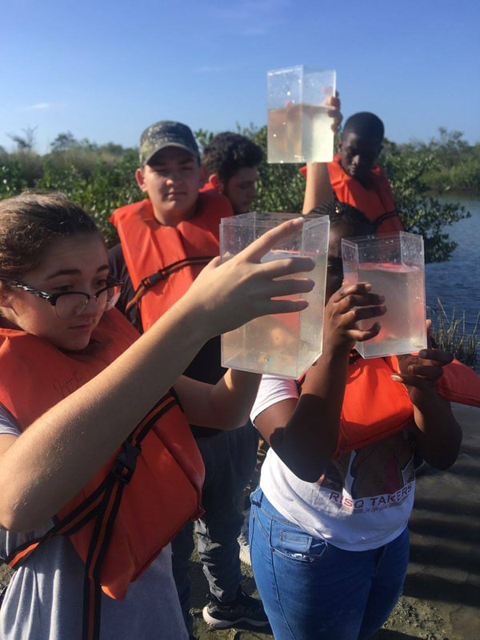
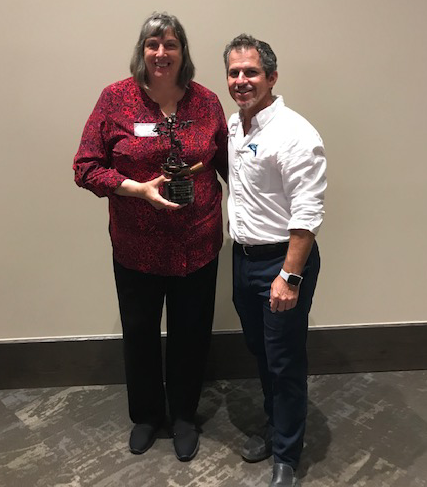
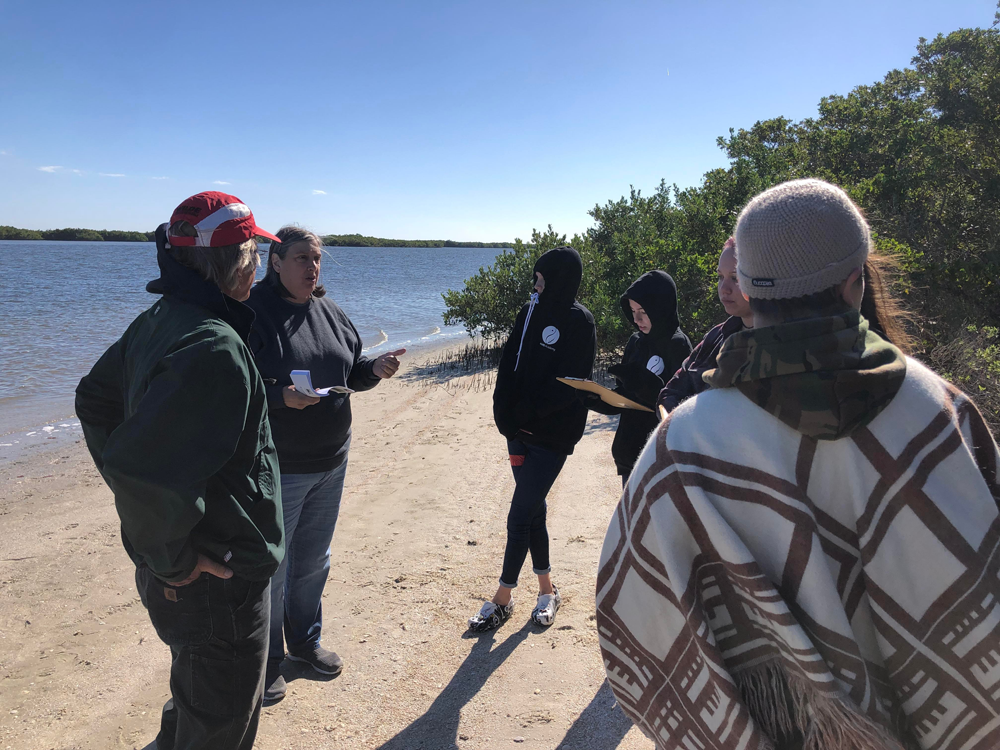
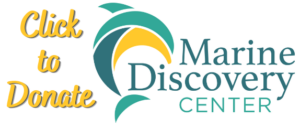
Follow Us!